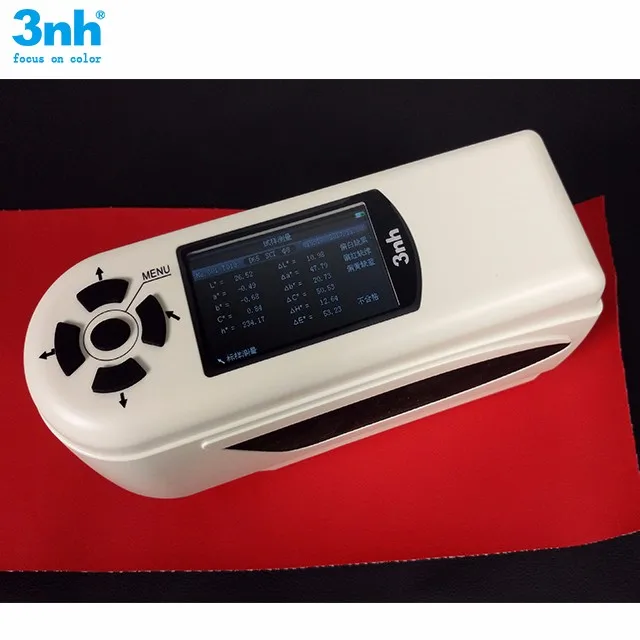
- #Cielab software work upgrade#
- #Cielab software work software#
I = r i = i || function () ,lpTag.init()):window.lpTag. If you have more questions about color spaces or methods of color communication, contact our team of experts – we’re happy to help!
#Cielab software work software#
However, in software applications the typical images contain hundreds. We hope these examples help you better understand L*a*b* color space. on the CIELAB color space, which measure the perceptual difference between two colors. We’ve also plotted their values on the CIELAB Color Chart above. To further demonstrate how L*a*b* values represent specific colors, see flowers A and B, below.
At the center of this plane is neutral or gray. both had their own problems with perceptual uniformity, so work continued. The center L* axis shows L = 0 (black or total absorption) at the bottom. These 2 standards were CIELUV and CIELAB, and they both improved perceptual. Along the b* axis, +b movement represents a shift toward yellow. With respect to a given white point, the CIELAB model is device-independentit defines colors independently of how they are created or displayed. CIELAB is a device independent colour space recommended by the CIE (International Commission on Illumination, which is commonly abbreviated CIE for its French name, Commission internationale de léclairage) that was developed based on the human visual system as opposed to a particular display or printing device. A color measurement movement in the +a direction depicts a shift toward red. CIELAB was designed so that the same amount of numerical change in these values corresponds to roughly the same amount of visually perceived change. Regardless of the which color space name you call it, it’s important to know what L*, a*, and b*stand for.Īs an example, see figures 17 and 18, showing the color-plotting diagrams for L*a*b*. The correct way to pronounce it is “see-lab”, or “L-star, a-star, b-star,” but some applications and instruments simply call it L, A, B, or Lab. 
Thirty-one years later, the CIE published an updated version of Hunter’s Lab: CIELab. While Hunter’s Lab was adopted as the de facto model for plotting absolute color coordinates and differences between colors, it was never formally accepted as an international standard.

In the 1940’s, Richard Hunter introduced a tri-stimulus model, Lab, which is scaled to achieve near uniform spacing of perceived color differences. Like geographic coordinates – longitude, latitude, and altitude – L*a*b* color values give us a way to locate and communicate colors. WF28 colorimeter with competitive price, has these advantages of being easy to operate, easy to understand, affordable and so on.
#Cielab software work upgrade#
Out of Production Products - Find Your Upgrade.






 0 kommentar(er)
0 kommentar(er)
